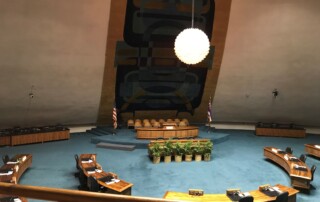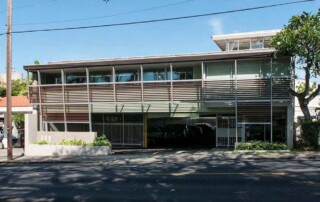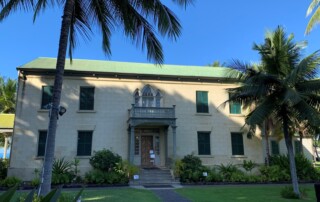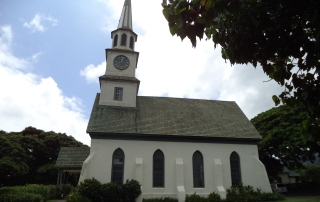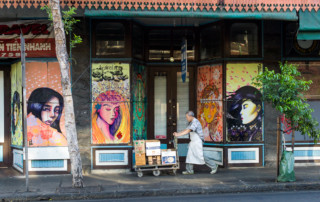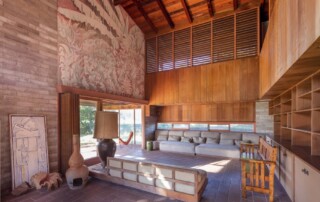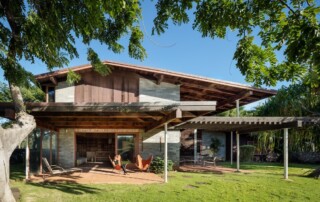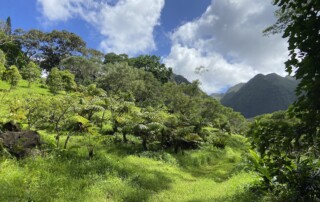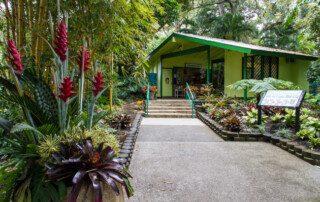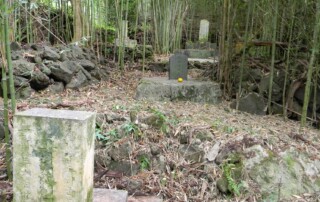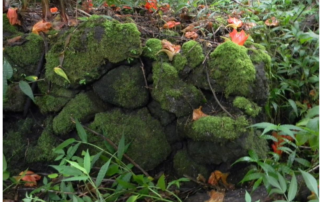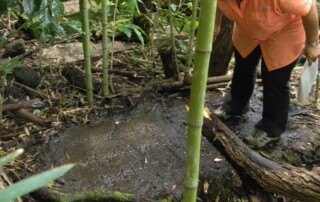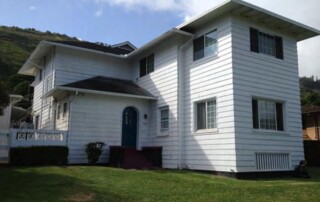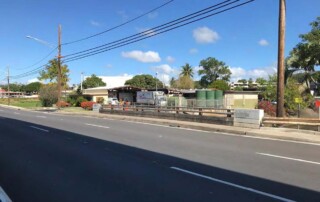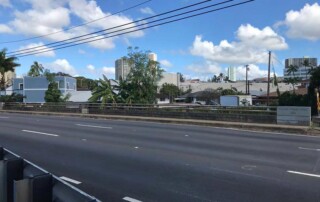HHF Monitoring Legislative Bills Related to Historic Preservation, Land Use, Environment and Specific Sites
February 5, 2021: The opening session of the 2021 Hawaii State Legislature was held on January 20th. Historic Hawai‘i Foundation has identified some 20 bills directly related to historic preservation and another 75 related to environment, land use, development, culture, burials or specific historic sites. HHF Executive Director Kiersten Faulkner will monitor these 95 bills and is responding to committee notices and submit testimony as needed. Staff will issue action alerts for larger issues if they have momentum. To be informed of future opportunities to advocate for legislation that supports historic preservation, please sign up for Historic Hawai‘i Foundation's Action Alerts email list by leaving at message at (808)523-2900 x26 or emailing us at Outreach@historichawaii.org. General list and descriptions of bills: HB245/SB570: Relating to Historic Preservation (HP); amends the definition of “historic property” to require 50 years & Hawai‘i Register eligibility. Historic Hawai‘i Foundation submitted testimony in support of the intent of the measure with additional recommendations. HB320/SB956: relating to HP; makes it a civil and administrative violation to violate terms of archaeological approvals; HB547: relating to federal lands; creates a Makua Planning task force w/in DLNR; HB623/SB898: relating to the Bernice Pauahi Bishop Museum. Appropriates federal funds to support the work of the State of Hawai‘i Museum of Natural and Cultural History. HHF submitted testimony in support of the measure. 2/3/21: the committee on CAI recommended the measure be deferred. HB705: relating to CIP in House district 45; appropriates funds for some unspecified project either in vicinity of or relating to Kukaniloko; HB321/SB510: relating to HP; authorizes a program to delegate 6E-42 review to the counties, and a program to establish 3rd party reviews; HB854: Relating to the State Capitol; Directs DAGS to come [...]


